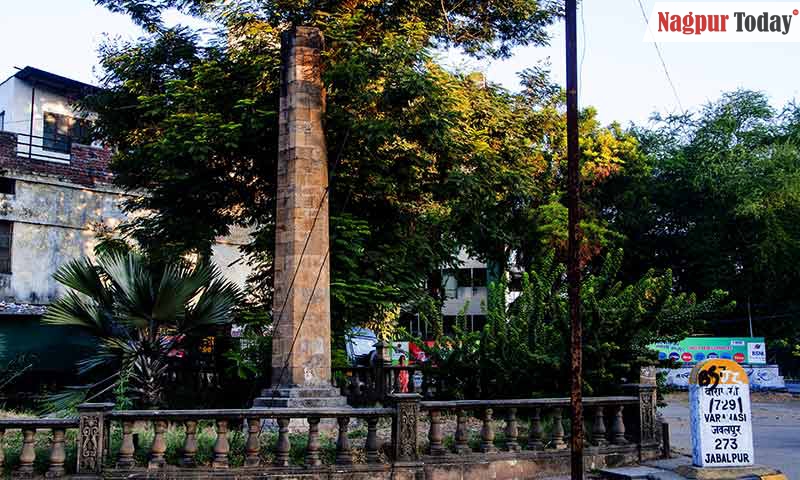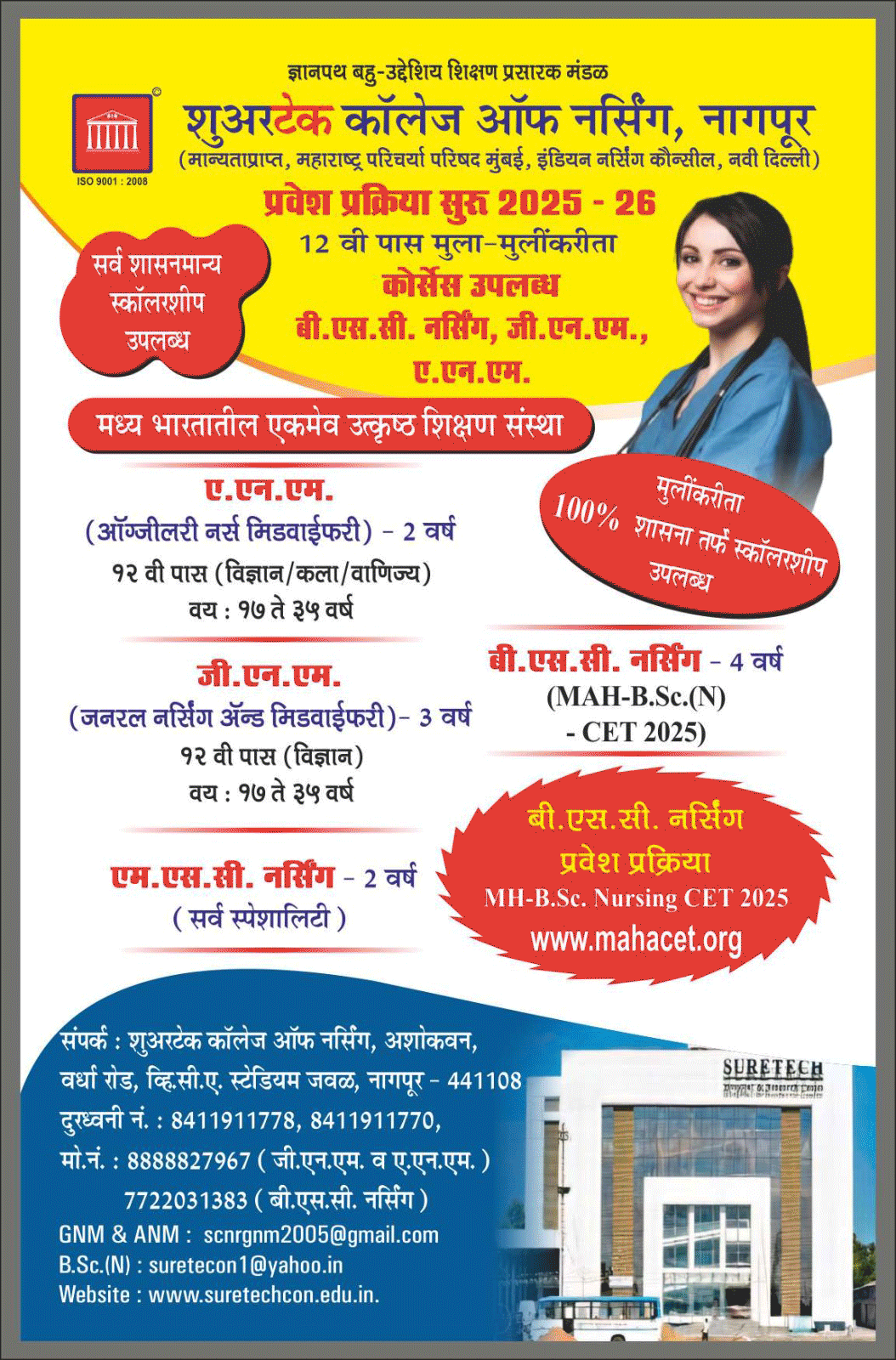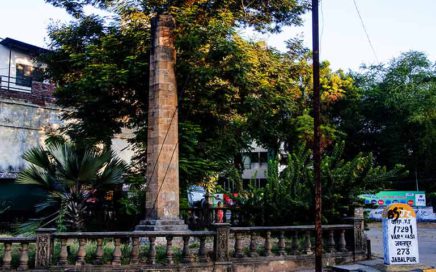Nagpur: The long-pending proposal to construct an underpass at the city’s central Zero Mile area has moved a step forward. During the latest hearing on Friday, the Nagpur Bench of the Bombay High Court indicated that the construction may proceed, provided the Tree Authority’s report proves satisfactory.
The underpass is expected to ease chronic traffic congestion between Manas Chowk, Civil Lines, and the busy Sitabuldi area. However, the project faced objections due to the large-scale tree cutting involved. Environmental concerns were raised by social activist Jaideep Das, who submitted a letter to the court urging it to intervene in the interest of preserving the city’s green cover.
Court Emphasizes Environmental Compliance
Amicus curiae Adv. Mahalle and NMC counsel Adv. Jaimini Kast represented their sides during the proceedings. The court made it clear that further action on the underpass project would be contingent on the Tree Authority’s report. It also permitted preliminary construction work that does not involve tree felling.
Metro Claims Compliance on Tree Plantation
During the hearing, MahaMetro informed the court that although they were required to plant 1,500 trees as compensation, they have already planted 1,700. Only geo-tagging of these trees remains pending. The High Court has now directed the Nagpur Municipal Corporation (NMC) and the Tree Authority to inspect the plantation sites and submit a factual report verifying the claims.
Concern Over Heritage Trees
In earlier hearings, the NMC had admitted to approving the tree felling proposal but stated that it had not been implemented yet. According to the civic body’s report, the project area includes 104 general trees aged between 8 to 40 years, and 11 heritage trees aged 52 to 214 years. The planned tree cutting extends from the NCC’s No. 2 Air Squadron office on the Institute of Science Road to Maheshwari Bhavan, along both sides of the road.
Jaideep Das has argued that the project risks wasting crores of rupees under the guise of development and must be re-evaluated with long-term environmental impact in mind.















